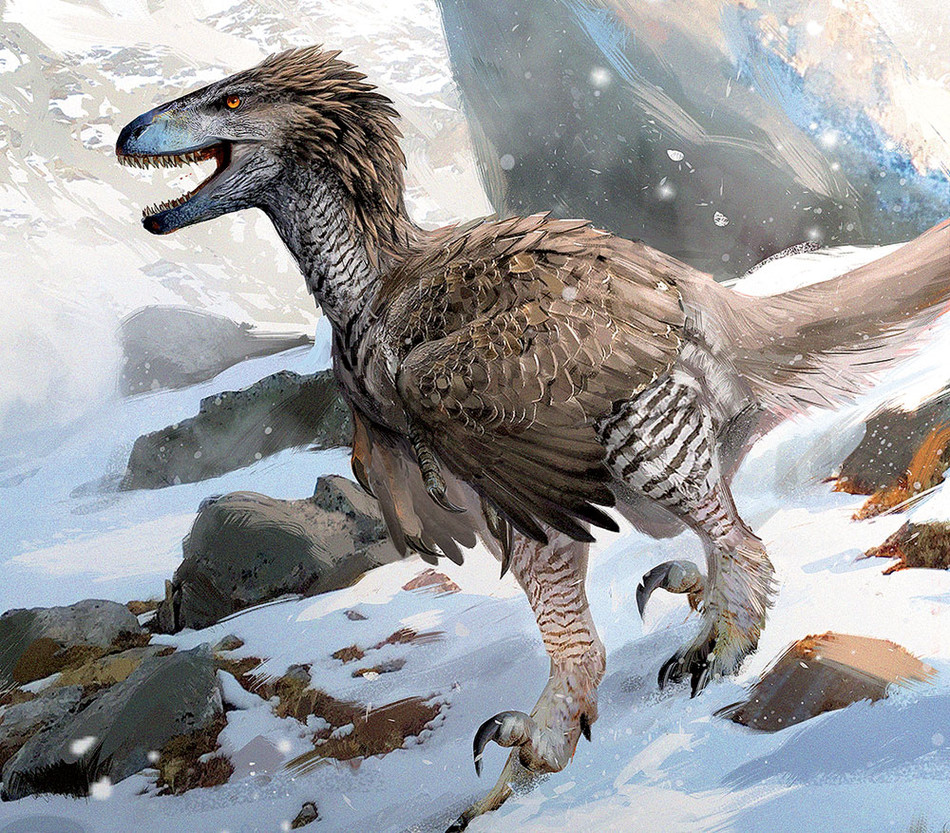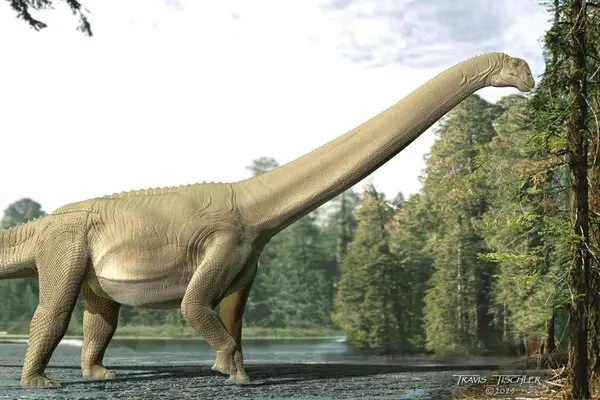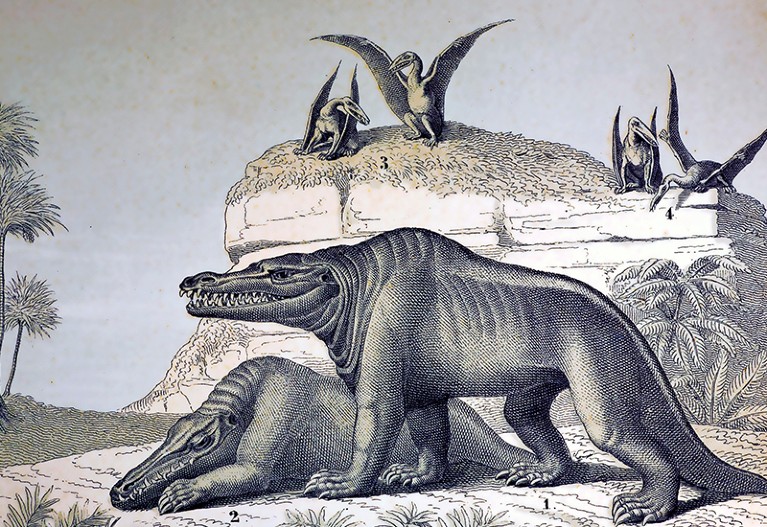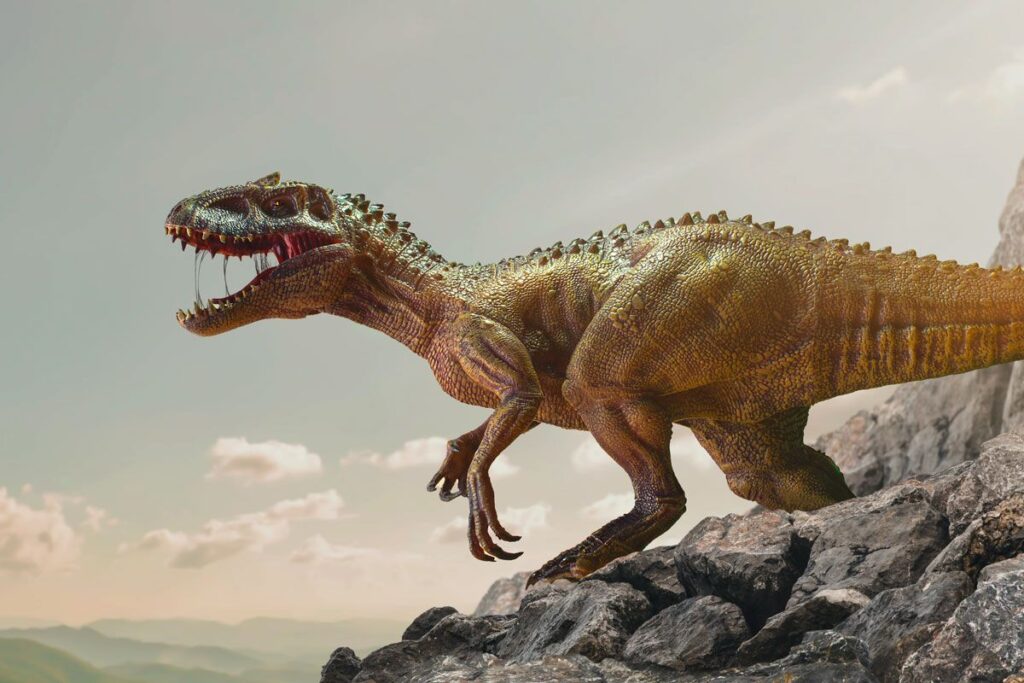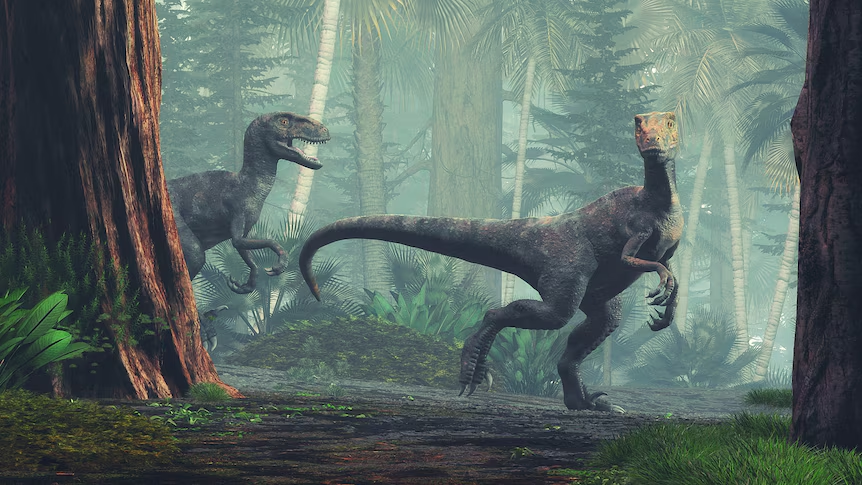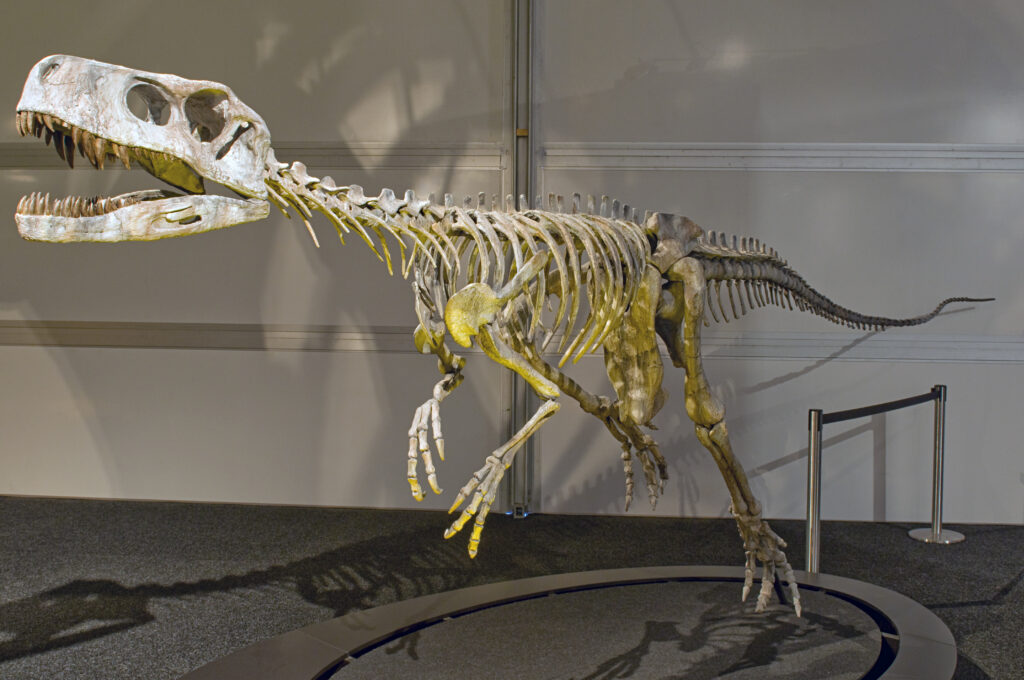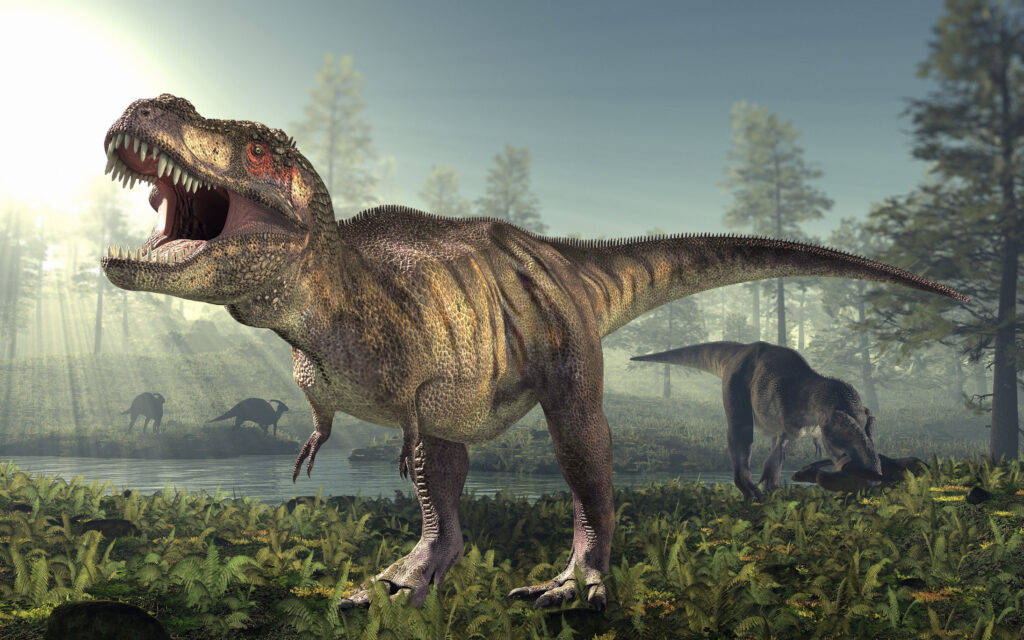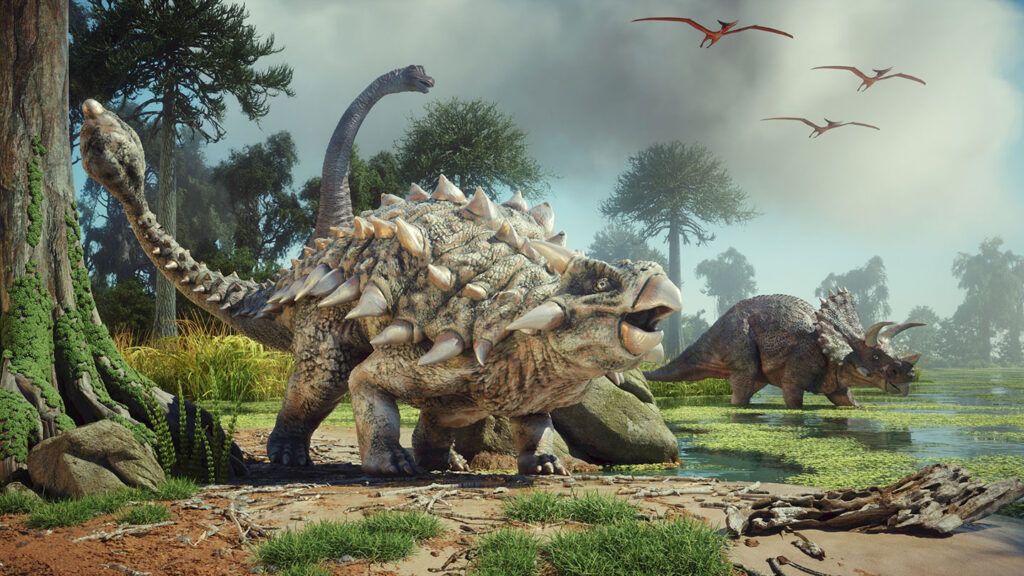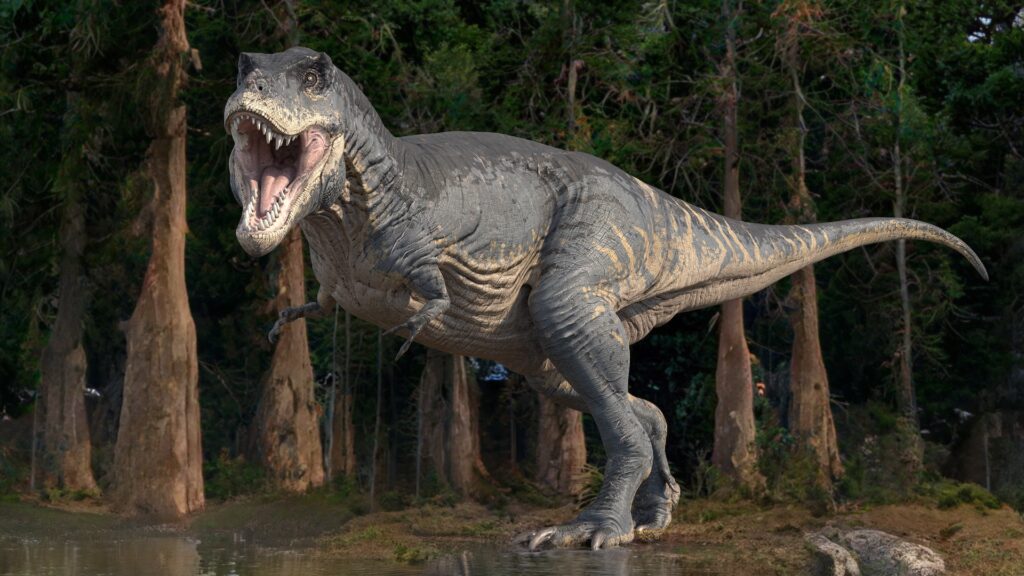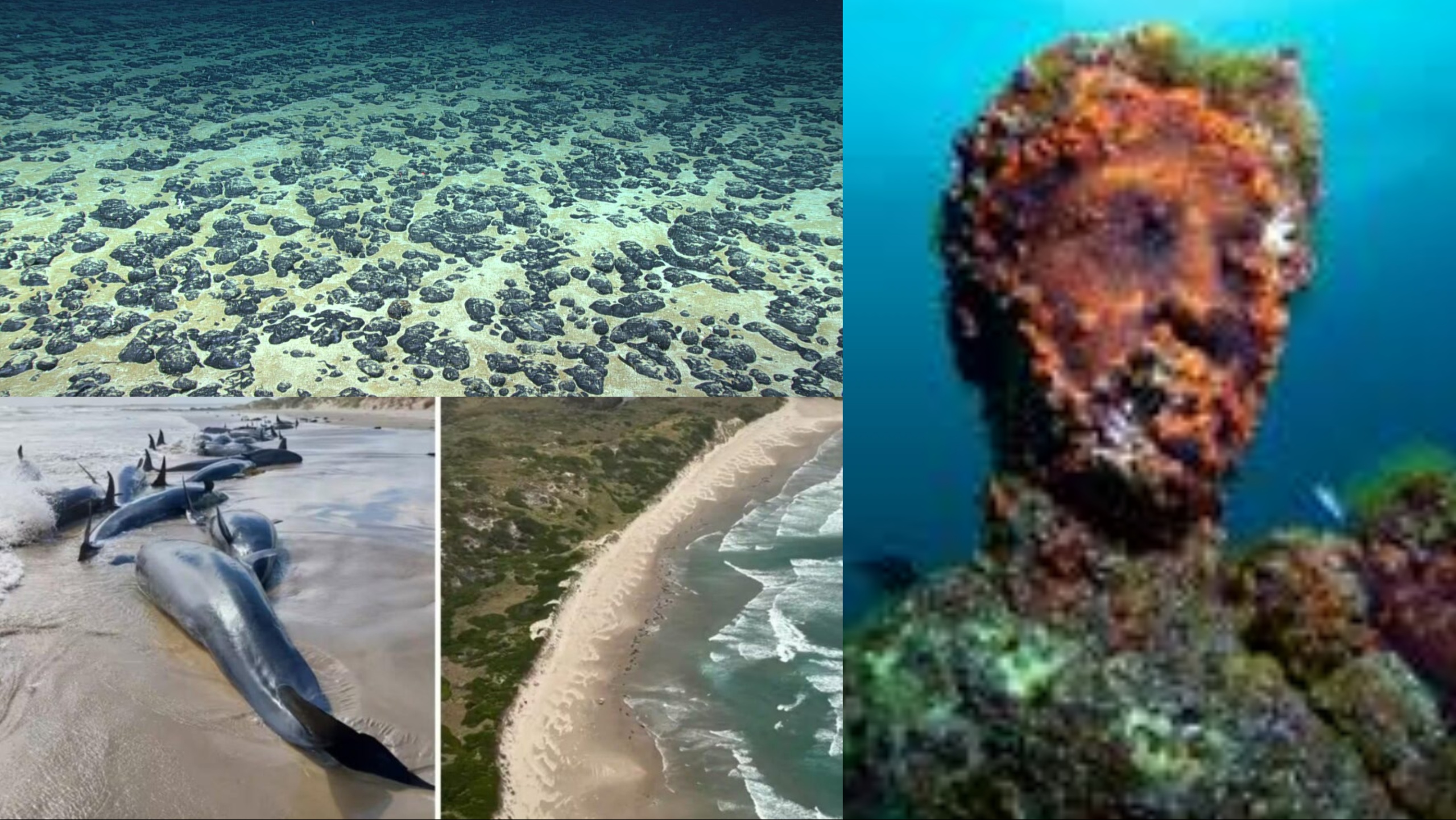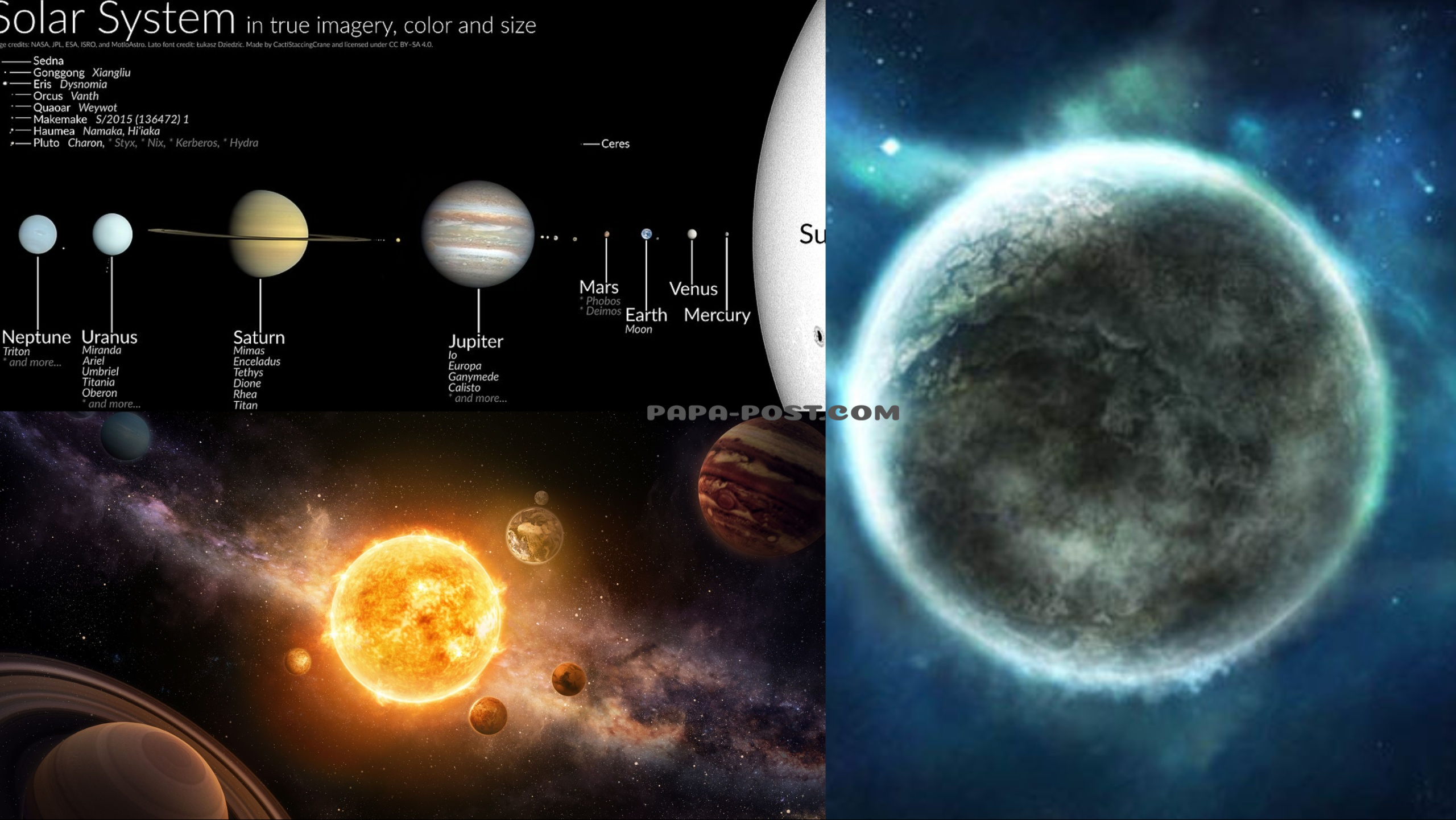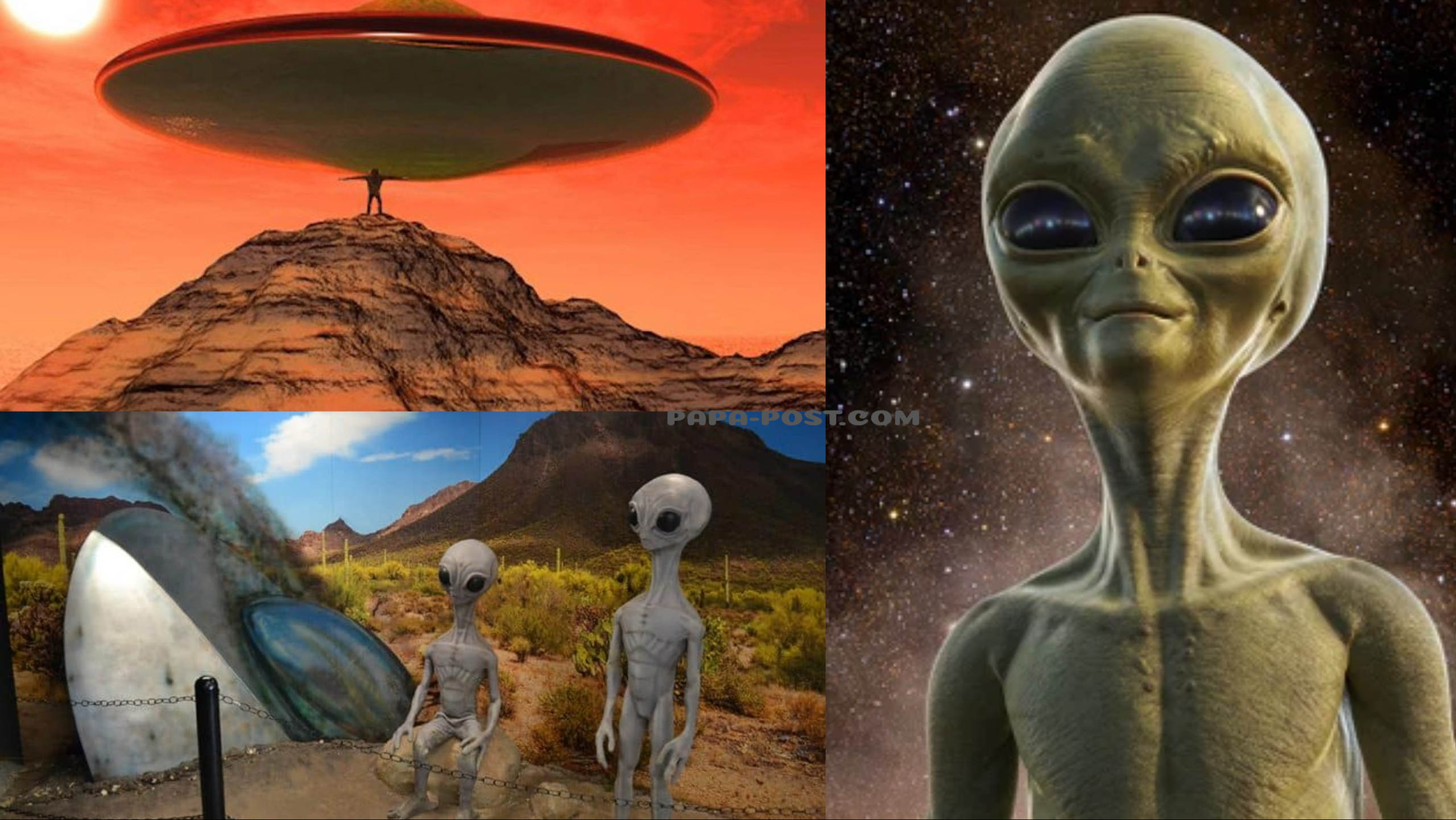Introduction
The word “dinosaur” sparks fascination, curiosity, and sometimes even disbelief. These gigantic, mysterious creatures that once roamed the Earth have captured human imagination for centuries. From towering Tyrannosaurus rex to long-necked Brachiosaurus, dinosaurs have become central figures in science books, museums, and blockbuster films. But this raises a fundamental question—are dinosaurs real or not?

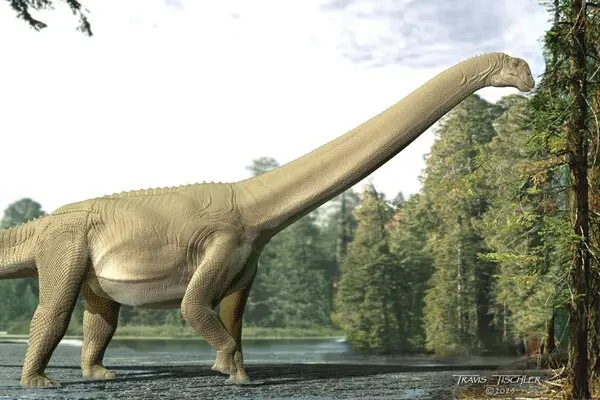
In this article, we will delve deep into the scientific evidence supporting the existence of dinosaurs, explore how we know about them, examine common doubts or misconceptions, and explain how these ancient creatures still shape our understanding of life on Earth. By the end, the reality of dinosaurs will be not just a matter of belief but a well-supported scientific truth.
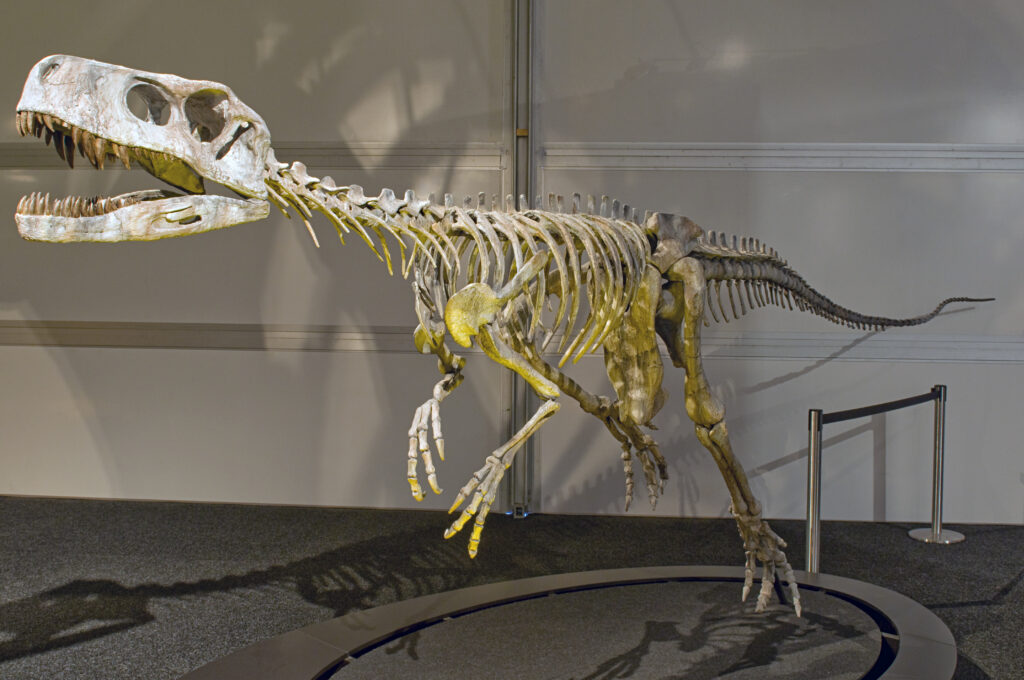
1. What Are Dinosaurs?
Dinosaurs are a group of reptiles that first appeared during the Mesozoic Era, over 230 million years ago. They dominated terrestrial ecosystems for over 160 million years until most of them went extinct around 66 million years ago.
Scientifically, dinosaurs are divided into two main groups:
- Saurischia (“lizard-hipped”): Includes theropods (like T. rex and Velociraptor) and sauropodomorphs (like Brachiosaurus).
- Ornithischia (“bird-hipped”): Includes Stegosaurus, Triceratops, and other herbivores.
Interestingly, modern birds are considered living descendants of theropod dinosaurs, making them the only surviving branch of the dinosaur family tree.
2. How Do We Know Dinosaurs Existed?
The primary evidence comes from fossils—the preserved remains or traces of ancient organisms. Over the past two centuries, paleontologists have discovered millions of fossils around the world. These include:
- Bones and skeletons: Partial or complete skeletons of dinosaurs are found embedded in sedimentary rock layers.
- Footprints and trackways: Fossilized footprints show how dinosaurs walked, ran, and interacted.
- Eggs and nests: Some fossils include dinosaur eggs and even embryos.
- Skin impressions and feathers: In rare cases, fossils preserve skin patterns or primitive feathers.
By dating these fossils and analyzing their structure, scientists can reconstruct the appearance, behavior, and environment of dinosaurs.
3. A Brief History of Dinosaur Discovery
Early Discoveries
The first scientifically described dinosaur fossils were found in the early 19th century. In 1824, British geologist William Buckland named Megalosaurus, marking the first recognized dinosaur species. Shortly after, Iguanodon and Hylaeosaurus were discovered.
In 1842, paleontologist Sir Richard Owen coined the term “Dinosauria”, meaning “terrible lizard,” to describe this new group of prehistoric reptiles.
The Bone Wars
During the late 1800s, a fierce competition known as the Bone Wars took place in the United States between paleontologists Othniel Charles Marsh and Edward Drinker Cope. Their rivalry led to the discovery of over 130 new dinosaur species, including iconic ones like Stegosaurus, Apatosaurus, and Allosaurus.
Modern Paleontology
Today, with advanced technology such as CT scans, isotope analysis, and genetic tools, paleontology has become more sophisticated than ever. New dinosaur species are discovered every year, including feathered dinosaurs in China and previously unknown species in South America and Africa.
4. Common Misconceptions and Doubts
Despite overwhelming scientific evidence, some people still question the reality of dinosaurs. Let’s explore some common doubts and why they don’t hold up under scrutiny.
“Dinosaurs are just made up by scientists.”
This claim is simply not true. Dinosaur fossils are found worldwide, often by amateur fossil hunters or construction workers. These fossils are studied in museums and universities, not hidden or invented. Replicas may be made for display, but real fossils are always documented and verified through peer-reviewed research.
“Dinosaurs are never mentioned in ancient texts like the Bible.”
True, the Bible and other ancient religious texts don’t mention dinosaurs explicitly—because they were written thousands of years before dinosaurs were scientifically discovered. However, lack of mention does not mean non-existence. Germs, atoms, and black holes aren’t mentioned either, yet we know they exist.
“How do we know fossils aren’t planted or fake?”
While a few fossil forgeries have occurred in history, the vast majority of dinosaur fossils have been independently verified by multiple institutions. They are studied under strict scientific protocols, often using radiometric dating to determine their age and X-ray imaging to analyze their structure.
5. Dinosaur Fossils Around the World
Dinosaur fossils have been found on every continent, even Antarctica. Some famous fossil sites include:
- North America: Hell Creek Formation (USA), Dinosaur Provincial Park (Canada)
- South America: Patagonia (Argentina, home to some of the largest dinosaurs like Argentinosaurus)
- Asia: Liaoning Province (China), known for feathered dinosaurs
- Africa: Sahara Desert sites in Morocco and Niger
- Europe: Isle of Wight (UK), France, and Romania
- Australia: Queensland and Victoria regions
These discoveries confirm that dinosaurs were a global phenomenon, not limited to one region or climate.
6. Extinction: What Happened to the Dinosaurs?
Around 66 million years ago, during the Cretaceous-Paleogene (K-Pg) extinction event, nearly all dinosaurs (except for birds) went extinct. The most widely accepted explanation is:
- Asteroid Impact: A 10-kilometer-wide asteroid struck what is now the Yucatán Peninsula in Mexico, creating the Chicxulub Crater.
- Volcanic Activity: Massive volcanic eruptions in the Deccan Traps (India) may have worsened climate conditions.
- Climate Change: These events caused a sudden drop in temperature, darkness from debris clouds, and ecosystem collapse.
Despite this mass extinction, some dinosaurs (avian species) survived and evolved into modern birds.
7. Dinosaurs and Modern Science
Dinosaurs are not just subjects of fascination—they’re essential for scientific understanding.
Evolutionary Biology
Studying dinosaurs helps scientists understand how life evolves, adapts, and responds to environmental change. The transition from dinosaurs to birds is a key example of evolutionary innovation.
Climate and Ecosystems
By analyzing dinosaur fossils and the rocks they are found in, scientists learn about Earth’s ancient climates, plate tectonics, and biodiversity patterns over time.
Technology and Engineering
Some dinosaur features, like strong but lightweight bone structures or flight adaptations, inspire biomimicry in modern engineering and robotics.
8. Dinosaurs in Popular Culture
Dinosaurs are everywhere in modern culture—movies, books, museums, and toys. From “Jurassic Park” to “The Land Before Time,” these ancient animals continue to inspire generations.
However, pop culture sometimes distorts scientific facts. For example:
- T. rex wasn’t as fast as in movies. Its top speed was likely under 20 mph.
- Velociraptors were feathered and turkey-sized, not the large, scaly hunters shown on screen.
- Not all dinosaurs were giants. Many were as small as chickens.
Education is crucial to separating entertainment from scientific reality.
9. Dinosaurs Alive Today?
Surprisingly, the answer is yes—in a sense. Birds are modern dinosaurs. Genetic, anatomical, and fossil evidence confirms that birds evolved from small, feathered theropods. So when you see a pigeon or a hawk, you’re looking at a dinosaur’s living legacy.
Other reptiles like crocodiles and lizards are distant relatives, but not dinosaurs themselves.
10. The Future of Dinosaur Research
Paleontology is far from finished. Every year, new dinosaur species are discovered, especially in regions that were once underexplored. Key future areas include:
- Dinosaur behavior and intelligence
- Color and skin patterns
- Soft tissue preservation
- Early bird evolution
- Dinosaur DNA studies (though full cloning remains fiction)
With emerging technology, scientists may soon answer questions we’ve long wondered about, such as how dinosaurs cared for their young or communicated with each other.
Conclusion
So, are dinosaurs real?
Absolutely. Dinosaurs were among the most successful and diverse animals in Earth’s history. Their bones are preserved in museums, their stories are told through science, and their descendants fly in the skies today. Doubts may persist in the absence of knowledge, but the scientific evidence for dinosaurs is vast, global, and continually growing.
Belief is no longer necessary when facts are this strong. Dinosaurs are not myths—they are one of the most thrilling chapters in the grand story of life on Earth.
Further Reading and Resources
- National Geographic: Dinosaurs Explained
- American Museum of Natural History (AMNH)
- “The Rise and Fall of the Dinosaurs” by Steve Brusatte
- Smithsonian National Museum of Natural History – Fossil Hall
- The Paleobiology Database (paleobiodb.org)
